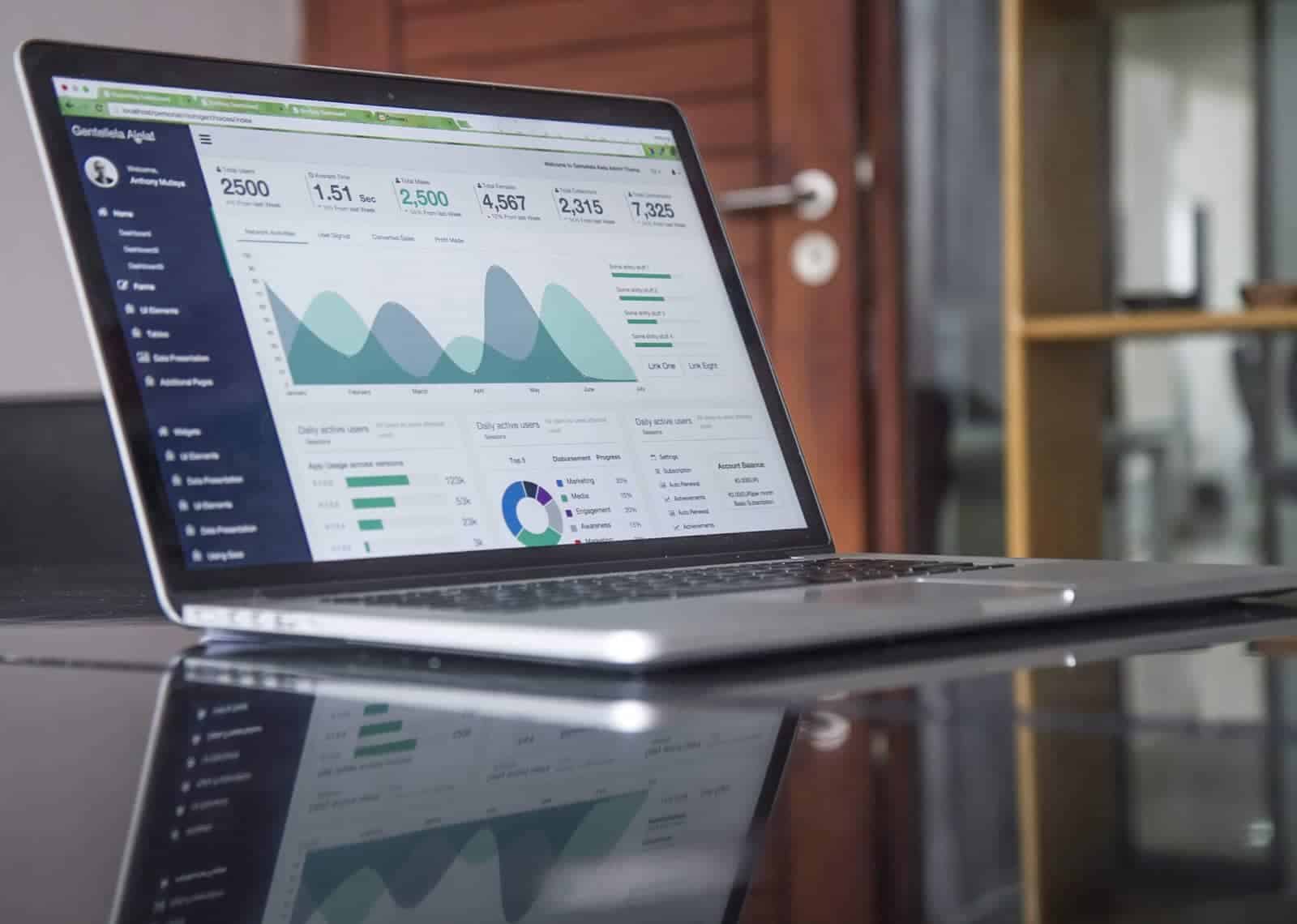As a laptop enthusiast with a keen interest in data analysis, I understand how crucial it is to find the best laptop for data analysis tailored to your specific needs. The right laptop can significantly impact your productivity, efficiency, and overall job satisfaction. As such, I have reviewed an extensive laptop spreadsheet of recent releases, comparing specs and reviews from professional sources and user-generated content, to help narrow down the top laptops based on the unique requirements of data analysts and various price ranges.
When choosing the best laptop for data analysis, there are several key factors to consider, such as processing power, RAM capacity, storage options, and display quality. Data analysts often work with large datasets and resource-intensive applications like Excel, Python, R, or Tableau. A powerful processor, such as an Intel Core i7 or AMD Ryzen 7, coupled with at least 16GB of RAM, will ensure smooth multitasking and seamless data processing. Additionally, having a fast SSD and a high-resolution display will enhance your overall experience, especially when working with intricate visualizations or data models.
In my quest to find the best laptop for data analysts, I have also taken into account the preferences and recommendations of professionals within the industry. For instance, I have consulted popular data analysis forums, subreddits, and online communities to gather insights on what real-world users value most in their laptops. By combining these findings with my knowledge of the latest laptop technologies, I am confident that this guide will provide valuable assistance in your search for the perfect data analysis laptop.
Processing power: The backbone of your data analysis laptop
Data analysis is a demanding task that requires a powerful processor to handle large datasets and complex algorithms. When choosing a laptop processor for data analysis, it's important to consider factors such as performance, battery life, and price. Here's what you need to know about the latest processors on the market and how to choose the right one for your needs.
What's new in the processor market?
Apple has recently released MacBooks with ARM-based M1, M2, M2 Pro, and M2 Max system-on-chip modules. These processors offer exceptional single-core performance and battery life, making them a great choice for data analysis. AMD has also captured 20% of the laptop CPU market with its 6th and 7th-generation Ryzen processors, which offer competitive performance at a lower price point. Intel's 13th-generation Core processors have already been released, but the 12th-generation Core CPUs can still provide excellent value.
How much CPU power is needed for data analysis?
The amount of CPU power needed for data analysis depends on the size and complexity of the datasets you're working with. For most users, a quad-core processor with a clock speed of at least 2.5 GHz will be sufficient. However, if you're working with very large datasets or running complex algorithms, you may need a higher-end processor with more cores and a faster clock speed.
Macs vs PCs for data analysis
Data analysis can be done on any platform, but Windows laptops are more popular than MacBooks because they're more affordable and offer similar performance. MacBooks are a great choice if you prefer macOS or need to use software that's only available on macOS.
Which processors are best for data analysis?
If you're looking for a top-notch laptop for data analysis, look for an H-series processor, such as an i9 or Ryzen 9. These processors are designed to handle demanding tasks such as data analysis and machine learning, but they come at the cost of battery life. Ryzen models are best if you need a good battery life in a PC laptop.
When comparing processors, use PassMark and Cinebench R23 to compare different processors across various price points. These benchmarks test the entire system instead of just one component, giving you a more accurate picture of overall performance.
Recommended processors
Here are our recommendations for the best processors for data analysis at different price points:
| Price Range | Processor | Cores/Threads | Base Clock Speed | Boost Clock Speed | TDP |
|---|---|---|---|---|---|
| Under $700 | AMD Ryzen 5 5500U | 6/12 | 2.1 GHz | 4.0 GHz | 15W |
| $700-$1000 | AMD Ryzen 5 5600U | 6/12 | 2.3 GHz | 4.2 GHz | 15W |
| $1000 and up | Intel Core i5-11500H | 6/12 | 2.5 GHz | 4.6 GHz | 45W |
Note that these are just recommendations; the best processor for you will depend on your specific needs and budget. By considering factors such as performance, battery life, and price, you can find the right processor to handle all your data analysis needs.
Graphically Speaking: Finding the Perfect GPU for Data Analysis
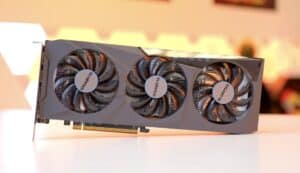
When it comes to data analysis laptops, the GPU is not the most critical component to consider. In fact, if you're using a MacBook, the integrated GPU is more than enough for most data analysis tasks. However, if you're looking for a Windows laptop, the GPU plays a more important role.
If you're not using your laptop for gaming or other demanding tasks, you can get by with a mid-range graphics card. Nvidia's latest generation of GPUs, RTX, offers some exciting new features that can improve data analysis performance, but these features are not yet widely supported by data analysis tools and libraries. Therefore, I recommend focusing on traditional performance benchmarks such as 3DMark and Cinebench R23 to determine the best laptop graphics card for your needs.
When comparing graphics cards, I use 3DMark scores because they provide an apples-to-apples comparison of laptop GPUs. However, some people might prefer more general benchmarks such as Cinebench R23 or PassMark Gpu test since these offer a more complete picture of overall performance.
It's worth noting that the gap between power-limited notebook graphics and desktop graphics cards has widened in recent years. Desktop GPUs are now more power-hungry, and Nvidia has discontinued the Max-Q label for its RTX graphics cards. Now, the exact GPU wattage is determined by a laptop manufacturer, which can result in a wide variance in graphics performance even in laptops with the same GPU chipset.
If you're looking for a high-end gaming laptop with a fast processor and plenty of RAM, make sure it has an Nvidia G-Sync panel instead of an AMD FreeSync panel. G-Sync is superior in terms of input lag reduction and visual quality preservation when framerates dip below the refresh rate (which is common in games).
Based on my experience, here are my recommendations for laptop GPUs at different price brackets:
| Price Bracket | GPU Recommendation |
|---|---|
| Minimum | GeForce GTX 1650 |
| Recommended | GeForce RTX 3050 |
| High-end | GeForce RTX 2060 |
Keep in mind that these are general recommendations, and your specific needs may vary. Ultimately, the most critical factor in choosing a laptop GPU for data analysis is to ensure that it meets your specific performance requirements without breaking the bank.
RAM up your data analysis game

RAM is an essential component in any data analysis laptop. While the CPU and GPU are critical, the amount of RAM you have can make a significant difference in some cases.
Most mid-range laptops come with 16 GB of RAM, which is sufficient for most tasks. However, if you work with large datasets, such as those over 1 TB, we recommend looking for a laptop with at least 32 GB of RAM. If you need even more memory, a desktop replacement laptop that supports DDR5 memory and has at least four memory slots may be a good option.
When it comes to memory types, the latest-gen Intel and AMD CPUs support DDR4 and DDR5. While DDR5 is faster and more efficient, it's still relatively expensive and needs time to mature as a technology. Therefore, DDR4 is currently the most common and cost-effective option for laptops.
Latency and frequency are also important considerations when choosing RAM. Latency refers to the time it takes for the RAM to respond to a request, while frequency refers to the speed at which the RAM can transfer data. Generally, lower latency and higher frequency are better, but the difference in performance can be minimal for most data analysis tasks.
In summary, we recommend at least 16 GB of RAM for data analysis laptops, but 32 GB is ideal for larger datasets. DDR4 is currently the most cost-effective option, and other factors such as latency and frequency are not as crucial for most tasks. Below is a table of our recommendations for different price ranges:
| Price Range | Recommended RAM |
|---|---|
| Budget ($500-$800) | 16 GB DDR4 |
| Mid-Range ($800-$1500) | 32 GB DDR4 |
| High-End ($1500+) | 64 GB DDR4 |
Data Analysis Laptop Buying: Your Questions Answered
Q: What are the recommended laptop specs for data analysis?
When it comes to data analysis, you want a laptop that can handle large datasets and perform complex calculations efficiently. For the best performance, we recommend a minimum of an i5-11320H processor or an AMD Ryzen 5 5600U. Additionally, you should aim for at least 16 GB of memory and a graphics card like the GeForce GTX 1650 or better.
Which laptop is best for data analysis?
The best laptop for data analysis depends on your specific needs and budget. However, some popular options include the HP Victus 15, the Lenovo Legion 5 Pro, the GIGABYTE AORUS 15 XE4, the ASUS ROG Strix Scar, and the ASUS ROG Zephyrus Duo. These laptops offer powerful processors, ample memory, and capable graphics cards, making them well-suited for data analysis tasks.
Is a MacBook good for data analysis?
While MacBooks are known for their sleek design and user-friendly interface, they may not be the most optimal choice for data analysis tasks. MacBooks typically come with less powerful processors and limited graphics options compared to their Windows counterparts. Additionally, the software ecosystem for data analysis is more established on Windows, with some tools not fully optimized for macOS. If you already have a MacBook, it can still handle basic data analysis tasks, but for more intensive work, a Windows laptop may be a better choice.
What software is commonly used for data analysis on laptops?
There are several popular software options for data analysis on laptops. The most common ones include:
- Python: Python has become the go-to programming language for data analysis, thanks to its extensive libraries such as NumPy, Pandas, and Matplotlib.
- R: R is another widely used programming language specifically designed for statistical computing and graphics.
- SQL: SQL (Structured Query Language) is essential for working with relational databases, which are frequently used in data analysis.
- Tableau: Tableau is a powerful data visualization tool that allows you to create interactive charts and dashboards.
- Excel: While not as sophisticated as dedicated data analysis tools, Microsoft Excel can still be used for basic data analysis tasks.
How much RAM is needed for data analysis on a laptop?
The amount of RAM you need for data analysis depends on the size of your datasets and the complexity of your calculations. As a general guideline, we recommend a minimum of 16 GB of RAM for basic data analysis tasks. However, if you're dealing with larger datasets or running more demanding analyses, consider upgrading to 32 GB or even 64 GB for optimal performance.
Can a budget laptop handle data analysis tasks?
Yes, a budget laptop can handle basic data analysis tasks. However, you may experience slower performance when dealing with larger datasets or running complex calculations. If you're on a tight budget, look for laptops with at least the minimum recommended specs we mentioned earlier. They may not offer the same level of performance as higher-end laptops, but they should still be capable enough for entry-level data analysis work.
What processor is best for data analysis on a laptop?
When it comes to data analysis, a powerful processor is crucial for handling complex calculations efficiently. For optimal performance, we recommend at least an i5-11500H processor or better. If you prefer an AMD processor, the Ryzen 5 5600U is an excellent choice. These processors offer a good balance between performance and price, allowing you to handle data analysis tasks effectively.
Is an SSD necessary for data analysis on a laptop?
While an SSD (Solid-State Drive) is not strictly necessary for data analysis, it can significantly improve your overall laptop performance, including data loading times and software startup. An SSD provides faster read and write speeds compared to traditional hard drives, allowing you to access and analyze data more quickly. If your budget allows, we highly recommend opting for a laptop with an SSD, preferably with a capacity of at least 512 GB to accommodate large datasets and software installations.
What are the minimum requirements for running data analysis software on a laptop?
The minimum requirements for running data analysis software on a laptop may vary depending on the specific software you're using. However, as a general guideline, you should aim for at least the following minimum specifications:
- Processor: i5-11320H or equivalent
- Memory: 16 GB
- Graphics: GeForce GTX 1650 or equivalent
These specifications should allow you to run most data analysis software smoothly. However, keep in mind that more demanding analyses or larger datasets may require higher-end components.
Are gaming laptops suitable for data analysis tasks?
Yes, gaming laptops can be suitable for data analysis tasks. In fact, gaming laptops often come equipped with powerful processors, ample memory,
5 Best Laptops for Data Analysis
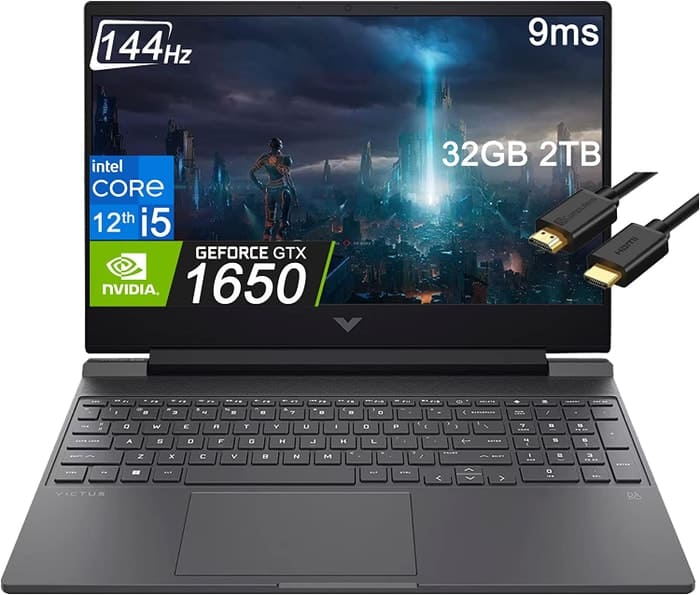
1.HP Victus 15
HP Victus 15: An affordable gaming laptop with solid performance, but compromised by poor battery life.- Excellent price
- Good gaming performance
- Sturdy build
- Bad battery life
- Rather plain design
Summary
The HP Victus 15 offers impressive gaming performance at an affordable price, making it a great value proposition. It features a sturdy build, a 15.6-inch display with sharp visuals, and a competent CPU and GPU. However, the laptop suffers from subpar battery life and a plain design.
Alternatives
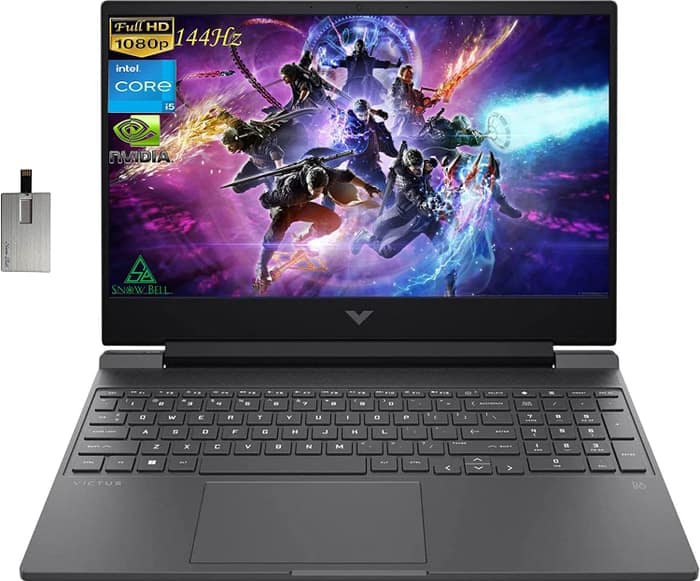
HP Victus
- Delivers smooth gameplay at 1080p.
- Fast SSD.
- No variable refresh rate to reduce screen tearing.
- Some performance loss on CPU under load.

2.ASUS TUF Dash F15
ASUS TUF Dash F15: A powerful and affordable option for data analysis.- Lightweight and well-built design
- Good FHD 300Hz and QHD screen options
- More powerful than the previous generation
- Competitive pricing
- Some quirks affecting everyday ergonomics
- Ports squeezed together on the left edge
- Be cautious of the FHD 144Hz panel option
Summary
The ASUS TUF Dash F15 is a budget-friendly yet powerful laptop that is suitable for data analysis tasks. With its lightweight build, good inputs, and competitive pricing, it offers a balanced performance for those on a lower budget. Just make sure to choose the FHD 300Hz display option for the best experience.
Reviews
Alternatives
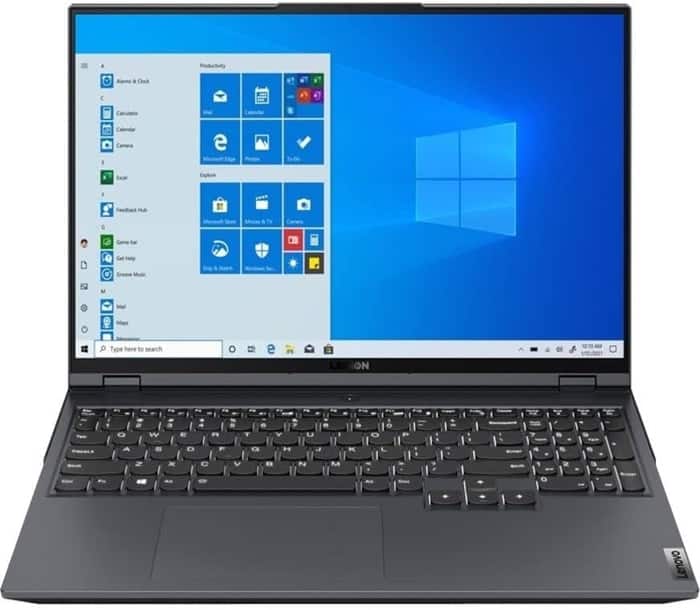
Lenovo Legion 5i Pro 16
- Stylish, sleek form factor
- Gorgeous display
- Webcam quality is poor
- No biometrics
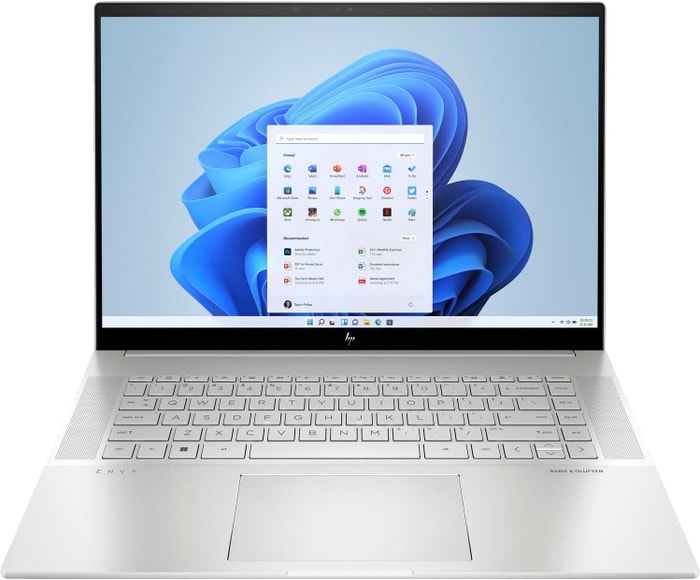 $1,800
$1,8003.HP Envy 16
HP Envy 16: A powerful laptop with high-end features, but a bit bulky and heavy.- Plenty of CPU and GPU power
- New 120Hz screen refresh rate
- High-res webcam
- Sleek design
- Merely adequate base screen
- Optional OLED has fewer pixels than before
- Bulky and heavy
Summary
The HP Envy 16 offers plenty of CPU and GPU power, a new 120Hz screen refresh rate, and a high-res webcam. However, it is let down by its merely adequate base screen, optional OLED with fewer pixels, and its bulky and heavy design.
Reviews
Alternatives
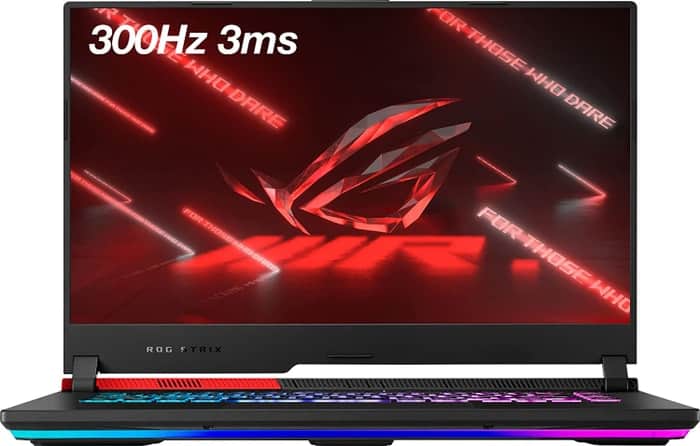
ASUS ROG Strix G15
- High-performance CPU and GPU
- Good workmanship and design
- Skimpy connectivity
- Coil whine in certain situations
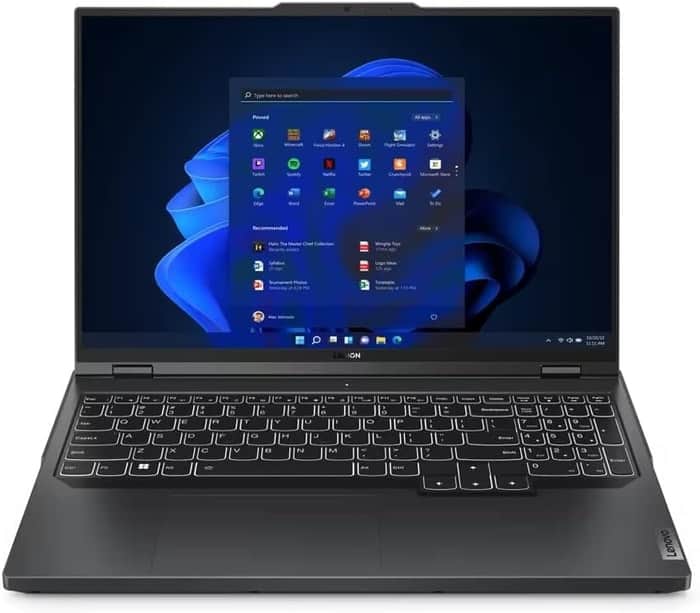
4.Lenovo Legion Pro 5
The Lenovo Legion Pro 5 offers good performance and value for data analysis, but has some drawbacks to consider.- Good build quality and design
- Good screen and inputs
- Competent CPU for data analysis
- Competitively priced
- No Thunderbolt or biometrics
- Some hotspots under sustained loads
- Limited battery life
- Poor speakers
Summary
The Lenovo Legion Pro 5 is a well-built and competitively priced laptop that delivers good performance for data analysis. It has a solid build quality, a good screen, and a competent CPU. However, potential buyers should be aware of its hotspots under sustained loads, limited battery life, and poor speakers.
Reviews
Alternatives
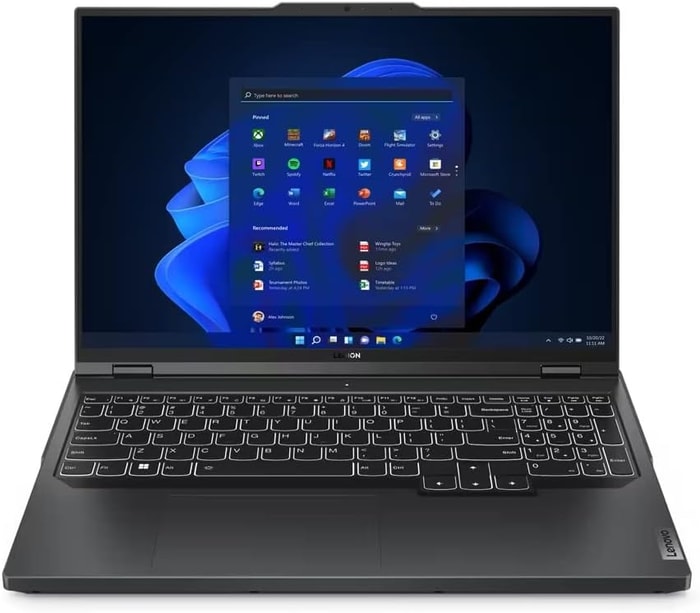 $2,840
$2,840Lenovo Legion Pro 5
- Strong performance for the price
- Quality build and port selection
- Display quality and battery life are just decent
- Bulky and heavy

5.Lenovo Legion Pro 7i 16
Lenovo Legion Pro 7i 16: Powerful and Sleek Gaming Laptop at a Fair Price.- Strong overall performance
- Big, bright, and fast display
- Per-key RGB lighting
- Some flex to the keyboard deck
- Poor battery life
Summary
The Lenovo Legion Pro 7i 16 impresses with its powerful i9-13900HX processor and RTX 4090 graphics card, delivering excellent gaming performance. Its sleek design and fair price make it an enticing option for gamers looking for a long-term investment.
Alternatives
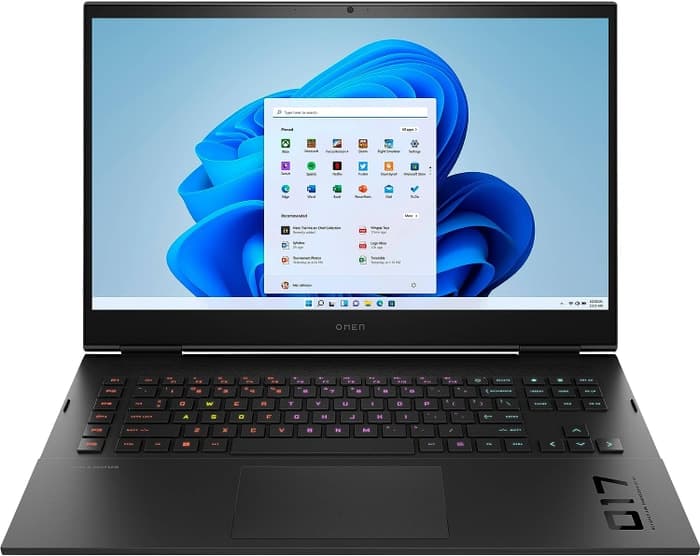
HP Omen
- Slim and portable build
- Midrange gaming performance at a reasonable price
- All-AMD configuration lags behind Intel- and Nvidia-based competitors
- Unimpressive 144Hz refresh rate and full HD resolution
Table of the Best Laptops for Data Analysis
| Laptop | Price (approx) |
| HP Victus 15 | $880 |
| ASUS TUF Dash F15 | $1,160 |
| HP Envy 16 | $1,800 |
| Lenovo Legion Pro 5 | $2,630 |
| Lenovo Legion Pro 7i 16 | $3,390 |

